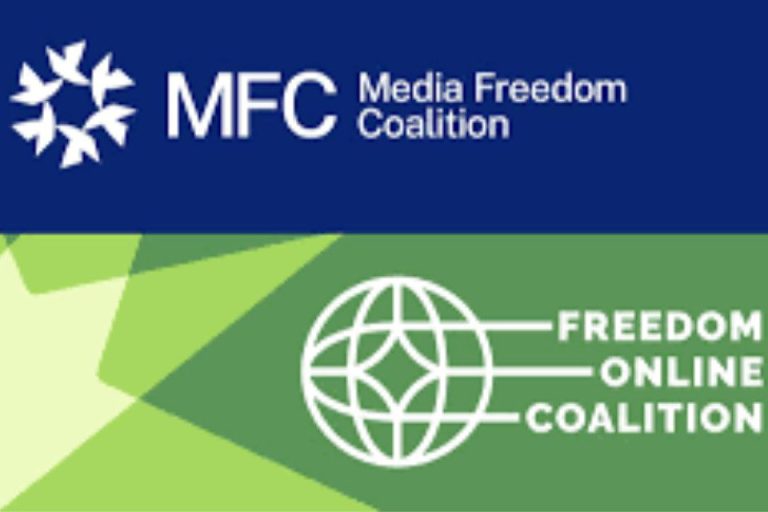The United Nations has launched its implementation strategy of the ‘UN Plan of Action on The Safety of Journalists and the Issue of Impunity’ for the years 2013 and 2014. The document also contains a detailed Work-Plan to put the Strategy into place.

The strategy addresses efforts expected of all actors to promote a free and safe environment for journalists in both conflict and non-conflict situations. It also aims at enabling an informed citizenry that is capable of strengthening peace, democracy and development worldwide.
The UN designed the strategy to be implemented at global and regional levels, and for adaptation at national levels. It is being adapted to a selection of countries including Iraq, Nepal, Pakistan and South Sudan, as well as Latin America in the initial phase of its roll-out and in order to concentrate efforts.
The strategy document outlines more than 100 concrete actions to be put in place over the next two years by different UN agencies working in conjunction with other entities, as part of joint efforts to secure the safety of journalists.
Some of the measures set out are: creating UN internal coordination mechanisms to harmonize the UN actions in this field; supporting governments to develop laws on safeguarding journalists and mechanisms favorable to freedom of expression and information; conducting awareness-raising activities so that citizens understand the importance of the right to freedom of expression and access to information; providing training for journalists on the issue of safety and online safety.
Other measures the strategy sets out include: promoting good working conditions for journalists; developing their professional activities on both full-time and freelance basis; establishing real time emergency response mechanisms; and enhancing special measures for women journalists in response to the increasing incidence of sexual harassment and rape.
The strategy is the result of a participatory process that involved almost 100 actors including UN bodies, intergovernmental organizations, professional associations, media houses, NGOs, academia and governments. It was led by UNESCO.
The processes culminated in a draft version that was discussed during the 2nd UN Inter-Agency Meeting on The Safety of Journalists and the Issue of Impunity, which took place in Vienna in November 2012. After further consultations, the strategy was finalized in February 2013.
The stimulus for the entire process dates further back to a request made in 2010 by the Intergovernmental Council of UNESCO’s International Programme for the Development of Communication (IPDC).
The implementation of this Strategy on The Safety of Journalists and The Issue of Impunity will be coordinated by UNESCO in close cooperation with the United Nations Development Programme (UNDP) and the Office of the High Commissioner of Human Rights (OHCHR). Its success depends on a far greater range of actors, whose names can be consulted within the document.
Throughout the process, mid-term evaluations and follow-up meetings will help to ensure that steps are being made in the right direction.
The UN Plan was endorsed by the UN Chief Executives Board on April 12, 2012 and involved widespread consultation among stakeholders.
The complete UN Implementation Strategy on Safety of Journalists document is available in pdf format for download at
http://www.unesco.org/new/fileadmin/MULTIMEDIA/HQ/CI/CI/pdf/official_documents/Implementation_Strategy_2013-2014.pdf





